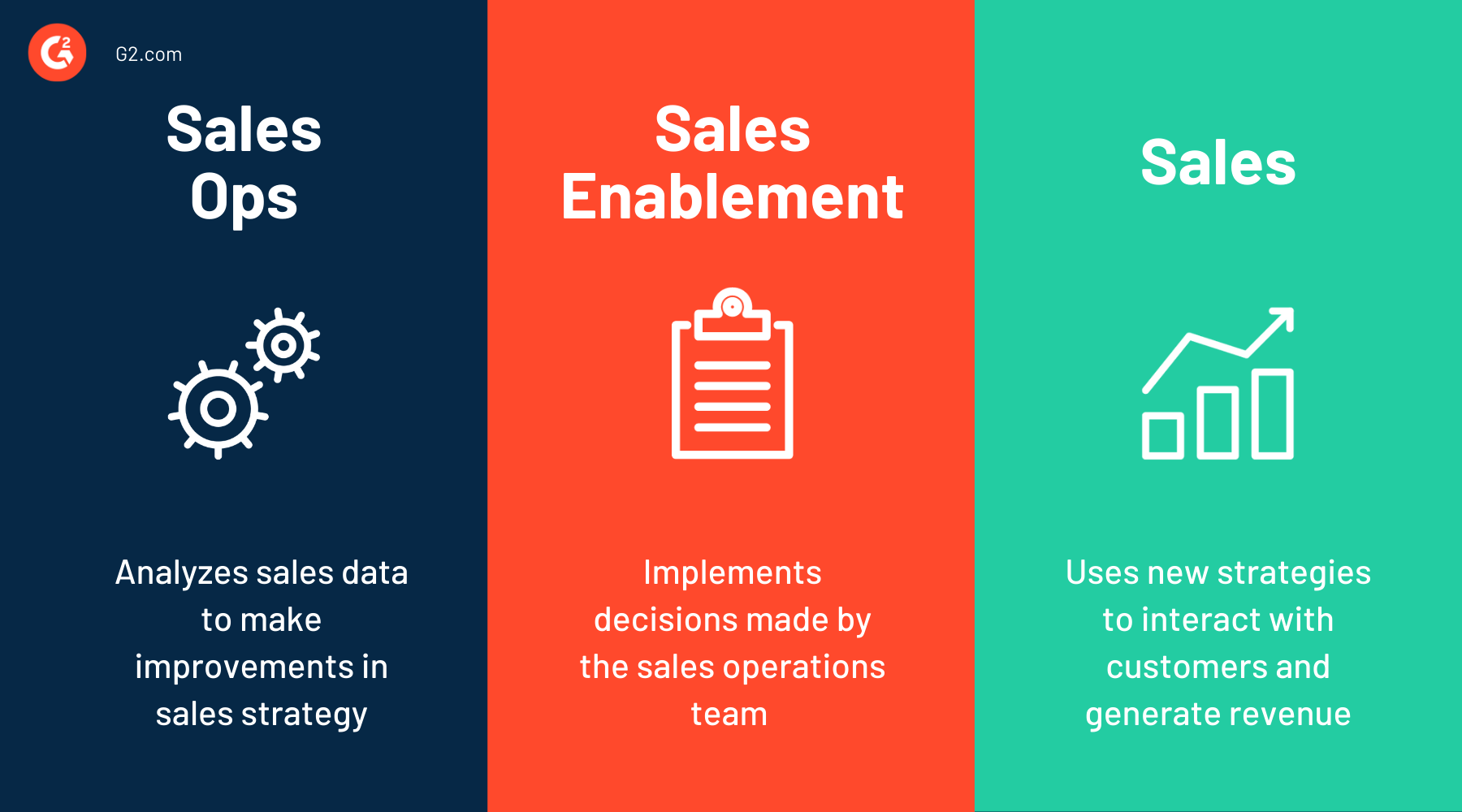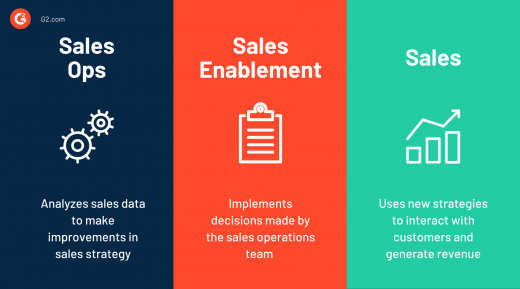What comes first, strategy or ops?
Plus DAM, discounts and data.
Good morning, Marketers, and what comes first, strategy or operations?

I’ve been reading a fascinating discussion on LinkedIn where AJ Sedlak, Director of Marketing Automation at Smartsheet, postulated that while a marketing strategy can generate no revenue without operational support and execution, marketing operations could — in theory — generate revenue even in the absence of strategy. Sedlak doesn’t mean strategy isn’t desirable; just that an operations team could set up a website or a social media presence and generate revenue with no coherent planning or objectives.
In the comments, everyone agrees that strategy is necessary and Sedlak acknowledges that having operations generate revenue almost inadvertently is not going to be viable long-term. What is highlighted, however, is just how indispensable the operations side of marketing is.
The question that prompts in my mind is: Shouldn’t operations have a key role in setting the strategy?
Kim Davis
Editorial Director
BOX AD GOES HERE
How legal tech unicorn Clio leveraged DAM to fuel rapid growth
Clio, a cloud-based and client-centered legal technology platform, made history by becoming the first global legal practice management unicorn. In 2021, Clio landed a US$ 110M Series E investment led by funds and accounts advised by T. Rowe Price Associates, Inc. and OMERS Growth Equity.
Its tremendous success has been largely due to the company’s ability to scale marketing assets and messaging quickly during a time when an increasing number of legal professionals and practices were turning to digital solutions to help them run their business. Clio used Bynder, an enterprise-grade digital asset management platform to reimagine their entire process for producing and sharing content.
“Before the DAM, our assets were stored in nested folders,” said Clio’s Creative Director, Danielle Giroux. “It was folder hierarchy craziness that didn’t give any visibility into the brand.” Lack of visibility into how the brand came together across channels was inhibiting Clio from making an informed decision on how to scale the brand. Giroux made the case for Bynder based on the need to build and maintain brand recognition for Clio as the company grew..
Pulling data together at T. Rowe Price
T. Rowe Price found that the best way to set up the flow of their data was through a hub-and-spoke system, according to Frank Hong, Software Group Manager at the investment management company. They consulted Merkle for data technology solutions that helped with lead management, sales outreach and relevant messaging.
“With this hub-and-spoke model, what we’re anticipating is pulling data from one source, instead of all the different various sources, especially with the challenge of trying to go through the hybrid model of mainframe database versus in-house versus cloud-based solutions,” said Hong.
Early in T. Rowe Price’s transformation to a cloud solution, they ran into problems with sharing data across different business units.
“Unfortunately, the cloud solution didn’t solve all our issues,” said Hong. “One of the big issues we ran into was, how do you share data between business units? How to share with marketing, which uses all the business units’ data, to help them get the data? We had a lot of point-to-point integration between the systems. Our architecture looked like a spaghetti of different systems.”
The new centralized data lay strategy helps in building a hub-and-spoke model that organizes all the confusing intertwined data flows in the previous layout, which was wasteful and costly.
“We’re actively working at improving our planning, so that we now have a centralized source to pull the data and we can reduce the cost of implementation (of the data).”
Coupons, the Gen Z way
A new cash-back rewards platform called Aisle is debuting in the U.S. this week, following a soft roll-out in April. It allows grocery shoppers to take a picture of their grocery receipt and text it for the additional savings.
There are plenty of retailers that will text coupons on their own, but this service is centered around brands. Aisle’s website also groups products in categories for their users to discover.
The selling point for consumers, and by extension marketers, is that the rewards come in the form of instant cash wired to a user’s Venmo account. And there’s no separate app to download since Aisle discounts are triggered through text.
The tool was created by 25-year-old entrepreneur Chris Tiffin, who previously worked as Director of DTC Growth for Super Coffee. Now, Super Coffee is participating in Aisle’s program (and has joined Aisle’s board). Other participating brands include Halo Top, Utz, Tate’s Bake Shop Cookies and Beyond Meat. A twelve-pack of Bud Light Seltzer gets $ 5 cash back (limit, one 12-pack.)
Why we care: This kind of service allows marketers to tap younger consumers and avoid the perils of app retention. Gen Z is 153% more likely than the average consumer to sign up for discounts via SMS, according to one study we reported on this year.
And take a look at these low app retention rates broken down by category. Even digital banking apps only keep 10% of its users a month after download. Various shopping apps range from 5.6% to 8.7%. Obviously, Aisle is banking on Venmo’s retention rate being higher than the industry average.
We’ll stay tuned to see if this service gains traction with more CPG brands. As many as two-thirds of orgs are looking to integrate SMS into their strategy this year.
Quote of the day
“I keep hearing CEOs say they need workers back in the office for ‘productivity.’ What’s going to motivate to work harder: a ping-pong table at the office or the chance to avoid 2 hours in rush-hour traffic? A pizza party or getting to see your pets/loved ones during the day? Small talk in the office kitchen or the chance to chill and recharge on your couch?” Dan Price, CEO, Gravity Payments
The post What comes first, strategy or ops?: Thursday’s Daily Brief appeared first on MarTech.
(54)



